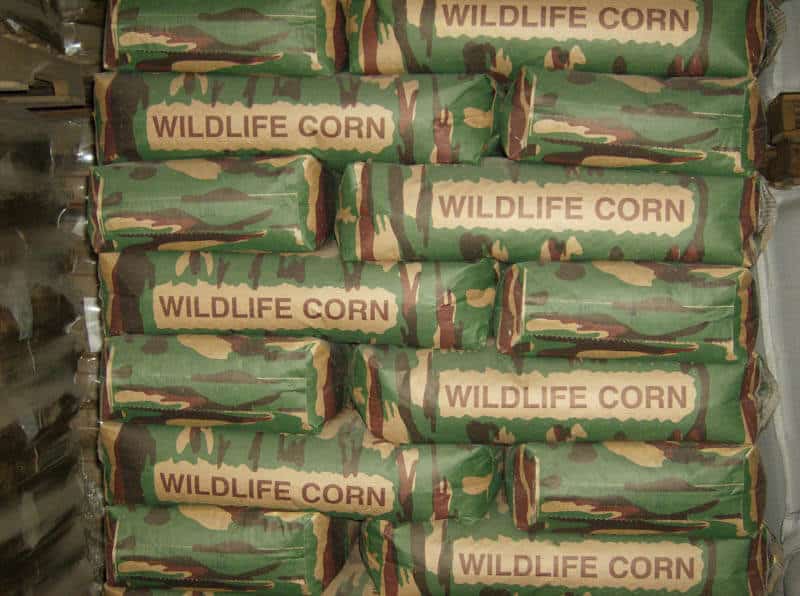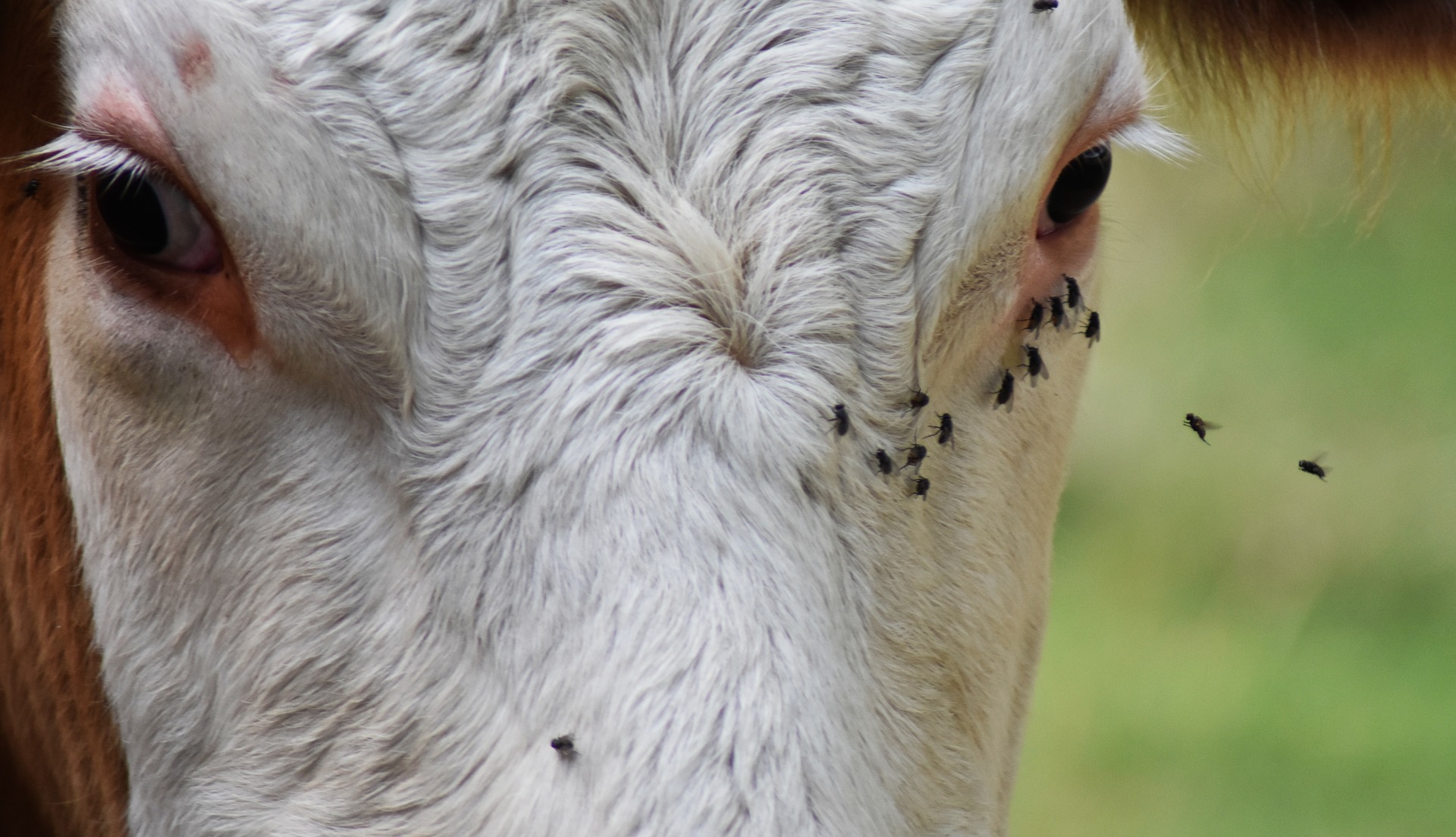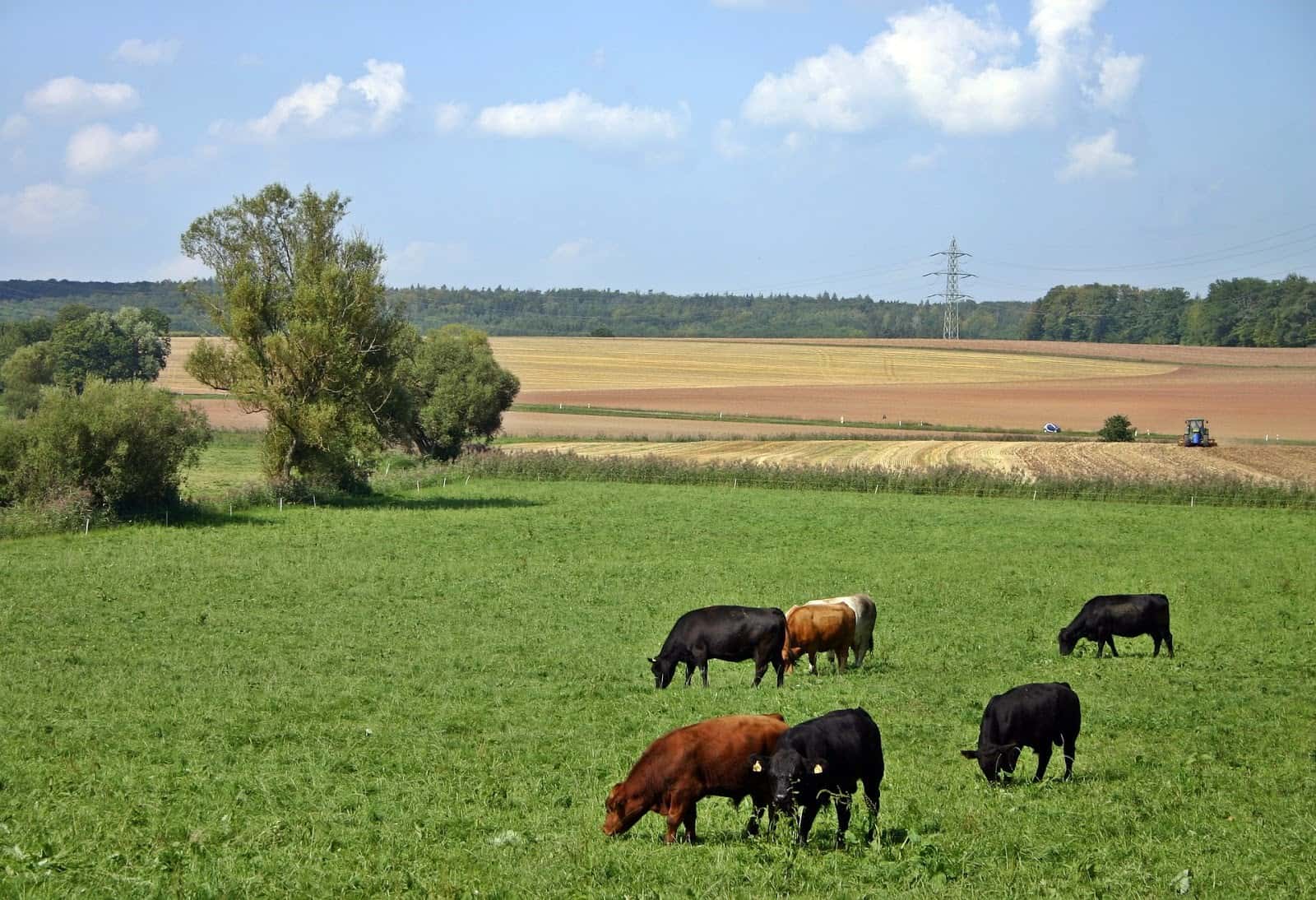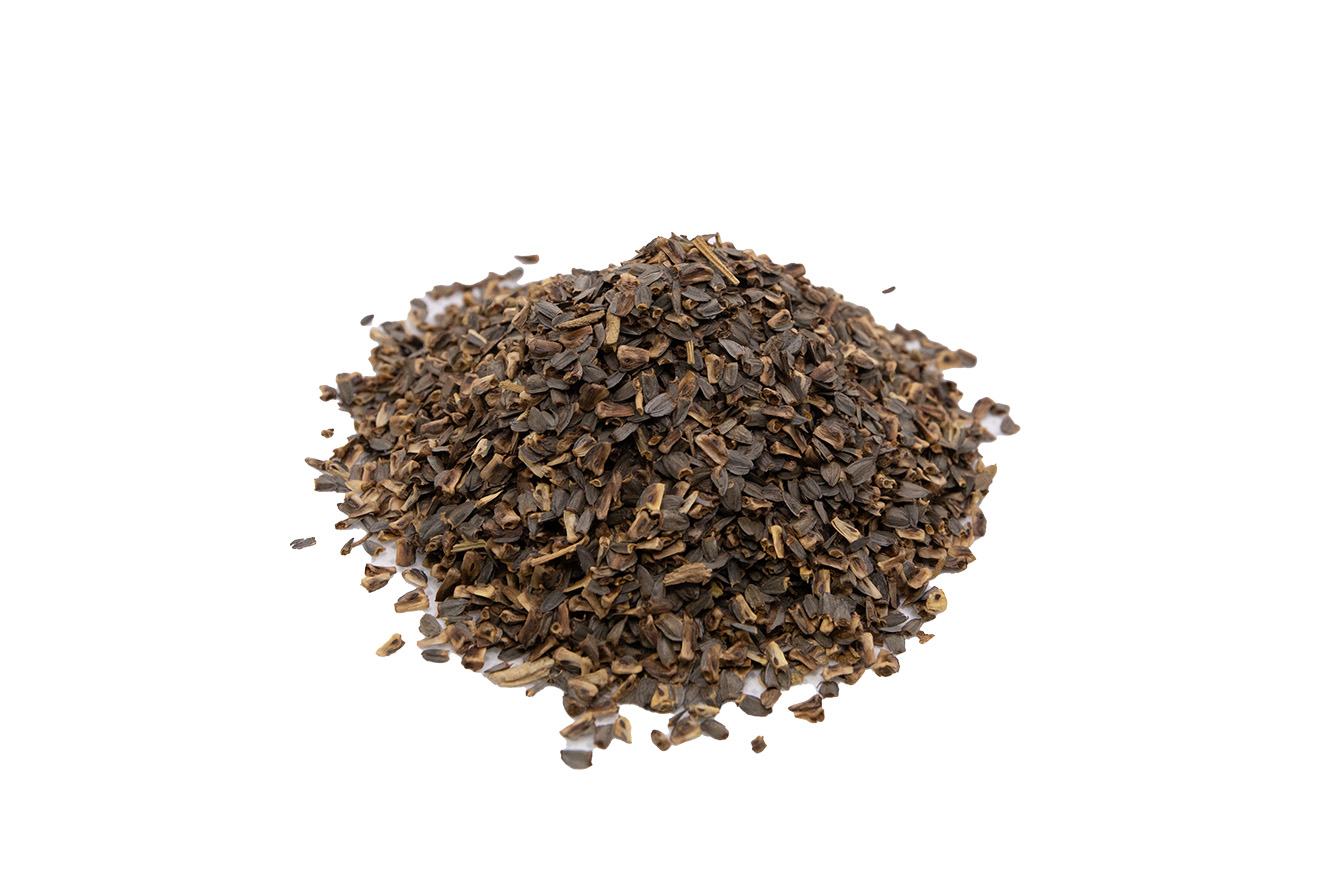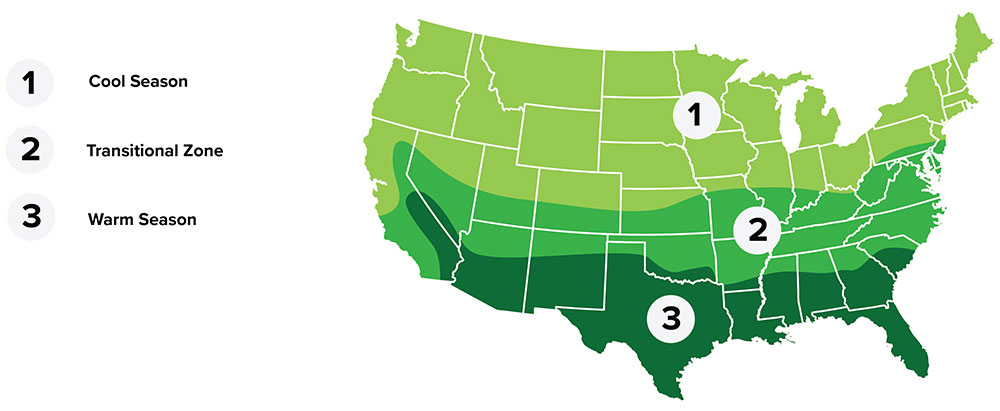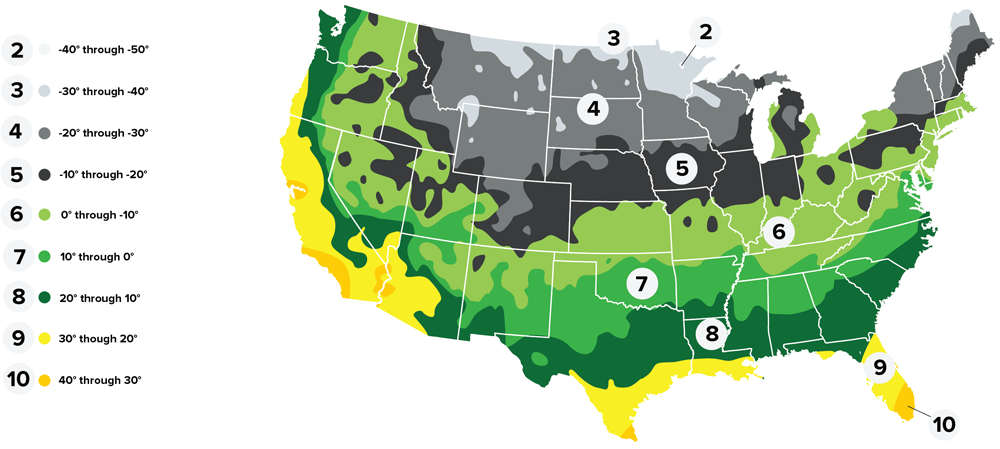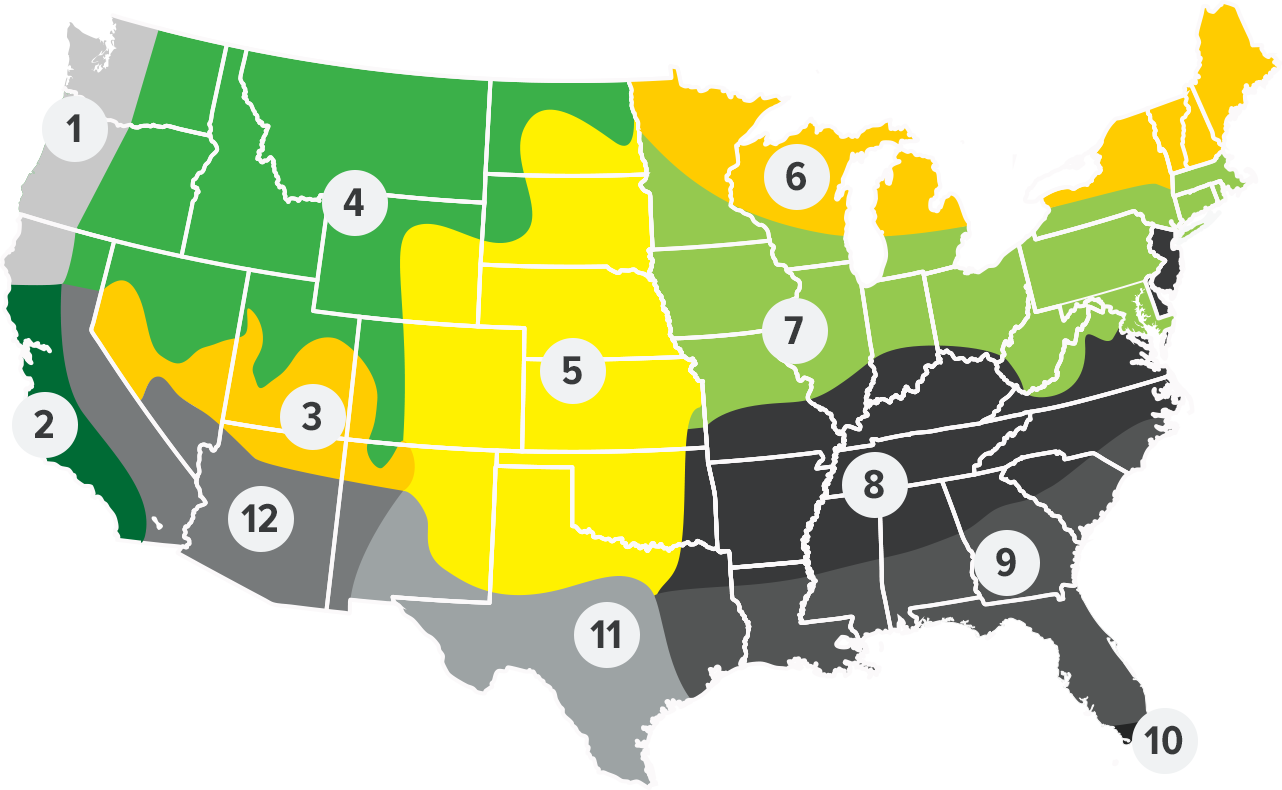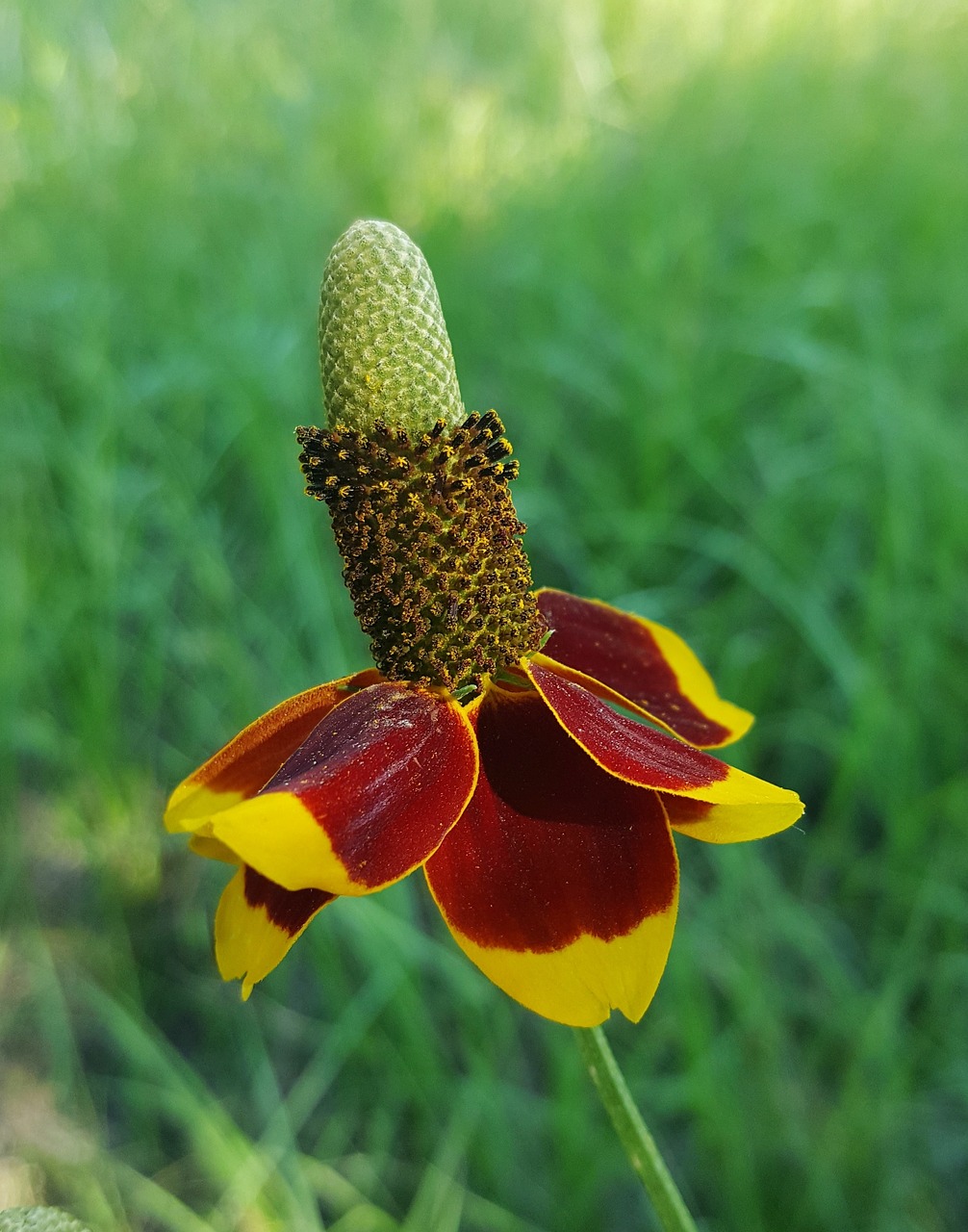
MEXICAN HAT
Summary
Mexican hat is readily recognized by its long cylinder heads, with their drooping, yellow ray florets that are borne on elongated pedicles above the foliage. It is distributed in the Great Plains and tall grass prairies from Alberta Canada, western Arkansas, to New Mexico. Oklahoma populations are encountered across the state in abundance in the central half in clay loam and sandy soils. Achenes are eaten by wild turkeys and when abundant, they provide cover for bobwhite quail. This species is also a popular ornamental.
Plant Characteristics
Taxonomy
Zone
- Regional Growing Zone
- 1 - Northwest Coastal, 2 - California Coastal, 3 - Southern Mountain, 4 - Mountain, 5 - Midwest, 6 - Northeast Lakes, 9 - Southeast, 11 - South Texas, 12 - Southwest
- USDA Plant Hardiness Zones
- 1, 2, 3, 4, 5, 6, 7, 8, 9, 10
- Temperature Zone
- Warm, Cool, Transitional
Plant Characteristics
- Height
- 12" - 36"
- Bloom Period
- Summer - Fall
- Bloom Color
- Red
- Bloom Description
dark red and yellow bloom with long cylider heads
- Leaf Color
- Green
- Growing Cycle
- Perennial
- Sun Requirement
- Full Sun
Plant Information
- Planting Season
- Winter
- Plant Depth
- 0.125"
- Establishment
- Easy
Seed Information
- Seeds Per Pound
- 1,200,000
- Kingdom
- Plantae
- Subkingdom
- Tracheobionta
- Super Division
- Spermatophyta
- Division
- Magnoliophyta
- Class
- Magnoliopsida
- Subclass
- Asteridae
- Order
- Asterales
- Family
- Asteraceae
- Genus
- Ratibida
- Species
- Ratibida columnifera
Coverage Area & Available Sizes
Applications
Attractive in mass plantings as well as in species mixes.
Desirable color component in most prairies.









